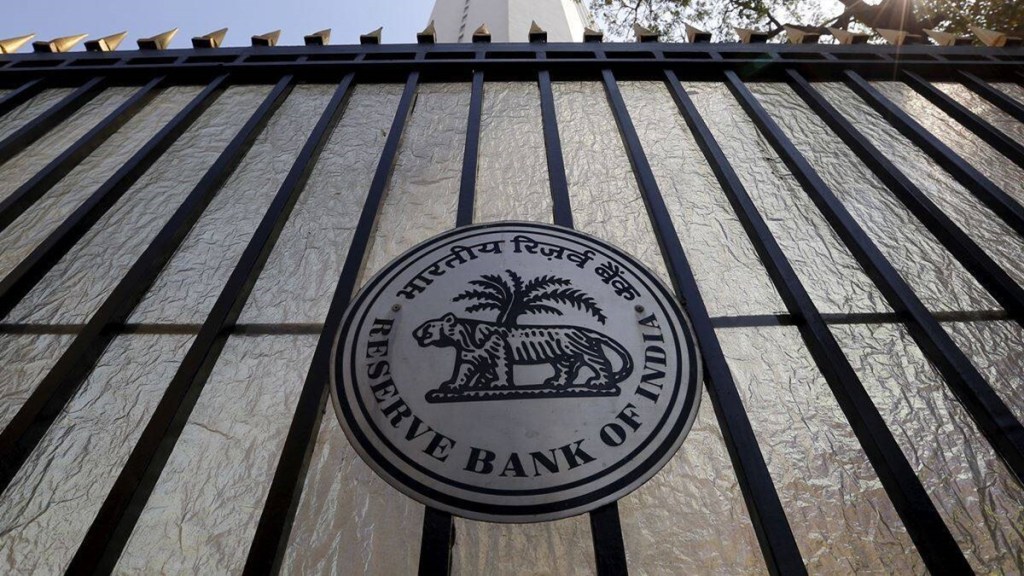By Amol Agrawal
In Japan, the yield on 10-year government bonds crossed 0.5% last month. Some commentators cautioned that rising yields could imply that Bank of Japan will incur large-scale losses as it holds most of these bonds. If Bank of Japan (BoJ) does incur losses, it will not be alone. The central banks of Switzerland, Sweden and Australia have also incurred large losses recently. There are expectations that Bank of Canada may also incur large losses. The Bank of International Settlements has recently published an article on the looming losses.
Let’s first discuss the case of BoJ first. BoJ has been following an ultra-easy monetary policy for a long time now. It has not just kept interest rates at 0% levels, but also aggressively purchased government bonds to keep providing monetary stimulus to the economy. The Japanese central bank also started to target the 10-year bond yield earlier at 0.25% and now at 0.5%. The central bank was successful in keeping the rates at the target level, but the target was breached recently due to rising inflation. There is an inverse relationship between bond yields and prices, which means if yields increase, prices will decline. As the central bank holds most of these bonds, higher rates means lower bond prices and higher losses for the central bank
Also read: The food security imperative for G20
The cases of Sweden and Australia are both similar to and different than Japan’s. The Australian and Swedish central banks also purchased bonds at a large-scale during the pandemic. The difference is that, unlike Japan where central bank did not raise interest rates, the central banks of Australia and Japan did increase policy rates. The higher policy rates, in turn, have led to higher interest rates in bond markets and lower bond prices.
In September 2022, the deputy governor of the Australian central bank, Michele Bullock, said that the central bank will report a substantial accounting loss and negative equity in its annual accounts for the year 2021-22. The annual report of the central bank, released in October 2022, confirmed the loss and negative equity. In December 2022, the deputy governor of the Swedish central bank, Martin Flodén, said that bond buying helped in stalling recession and lowering interest rates during pandemic. However, the surge in inflation and interest rates, will imply that the central bank will “in all probability report a large financial loss for 2022 and our equity may become negative as a result”.
In the case of Switzerland, its central bank expects the largest loss in its history, not due to bonds, but exchange rates. The Swiss economy is driven by exports and they get impacted due to appreciation of currency. The Swiss central bank tries to prevent appreciation by buying foreign currency and selling local currency. However, due to depreciation and volatility of major currencies against the US dollar, the central bank has incurred losses. It had suffered a loss in 2015 as well.
It is not just losses, but the scale of losses that has wiped out the equity of all the three central banks (and maybe BoJ). Any other financial entity having negative equity would either be closed down or bailed out, but central banks are different. Both the central bank officials added that central banks can continue with negative equity as they have a monopoly on issuing money used by public and banks. Most central banks are also fully owned and supported by the government which also acts as an insurance against equity losses.
Also read: Strengthening consumer trust
Having said that, it is not as if there is no impact of a negatively-capitalised central bank on the economy. The central bank may lose its reputation, and as a result the public and financial markets may lose confidence in its capacity. It could also adversely impact financial markets. The central bank also loses its financial independence as it will be relying on the government to provide capital if there are continued losses.
Does the above have any implications for the Reserve Bank of India? The interest rates have risen in India, too, and the rupee has depreciated against the dollar. However, as the impact is much lesser in India compared to other countries, RBI is likely to make lower profits, not losses. As RBI transfers its profits to the government, this means lower dividend to the government. This is reflected in the Union Budget for FY24, in which the dividend from RBI and nationalised banks and financial institutions has been revised downwards from Rs 73,948 crore to Rs 40,953 crore in FY23.
There are two lessons here. One, governments should pay attention on increasing the capital base of their central banks, many of which have remained unchanged for quite some time. Two—the more important one—is that the central banks can no more assume that their policies to stimulate economies will have only positive impact. They have become prisoners of their own device (policies), if one can borrow from the Eagles’ hit, “Hotel California”.
The writer is assistant professor of economics, Ahmedabad University

